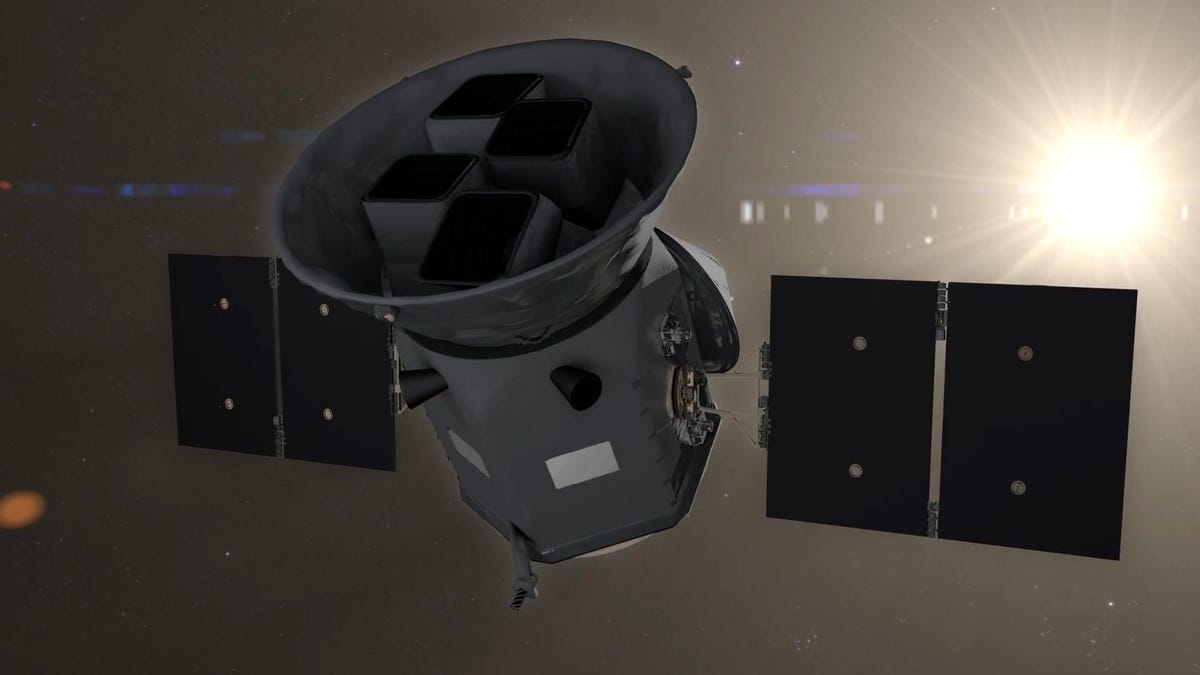NASA’s planet hunting satellite to start looking for exoplanets while Kepler naps
The Kepler telescope is running out of fuel, but NASA’s Transiting Exoplanet Survey Satellite is ready to take over the hunt for new planets.

On April 18, NASA launched the Transiting Exoplanet Survey Satellite (TESS) into space, ready to start the hunt for new planets.
One month into its mission, a test image showed TESS getting all starry-eyed, snapping a photo of over 200,000 stars in our galaxy as it underwent a commissioning period of testing and adjustments.
On Wednesday, NASA said the TESS spacecraft and its four cameras were "in good health" and that testing was continuing with the "goal of beginning science at the end of July."
But NASA's previous planet hunter, the Kepler telescope, which launched in 2009, is not in quite the same condition -- in fact, it might be ready to die.
On July 7, the spacecraft was put into a hibernative state, with scientific operations paused as it begins to run out of fuel. According to NASA, there's still some valuable data to download, so hibernation will allow preparation to get that data back to Earth. If all goes as planned, Kepler will return to its mission on Aug. 6 -- but NASA still expects it will "run out of fuel in the next few months."
With Kepler running out of fuel, NASA is optimizing performance of TESS, readying it to take over the search for exoplanets.
When fully operational, TESS will be able to survey a region of the sky "400 times larger than that monitored by Kepler" breaking up space into 26 different sectors. TESS will be aimed at those sectors for 27 days a piece, looking at the brightest stars in the sky, hunting for new planets.
Why stare at the stars? Like Kepler before it, that's how TESS locates planets. As a celestial orbits a star it dims the brightness of that star slightly. If TESS is looking at the star, it will be able to detect this dimming in brightness -- providing valuable information about a planet's size, shape and how long it takes to circle its star.
Special Reports: CNET's in-depth features in one place.
Culture: Your hub for everything from film and television to music, comics, toys and sports.

